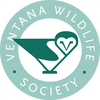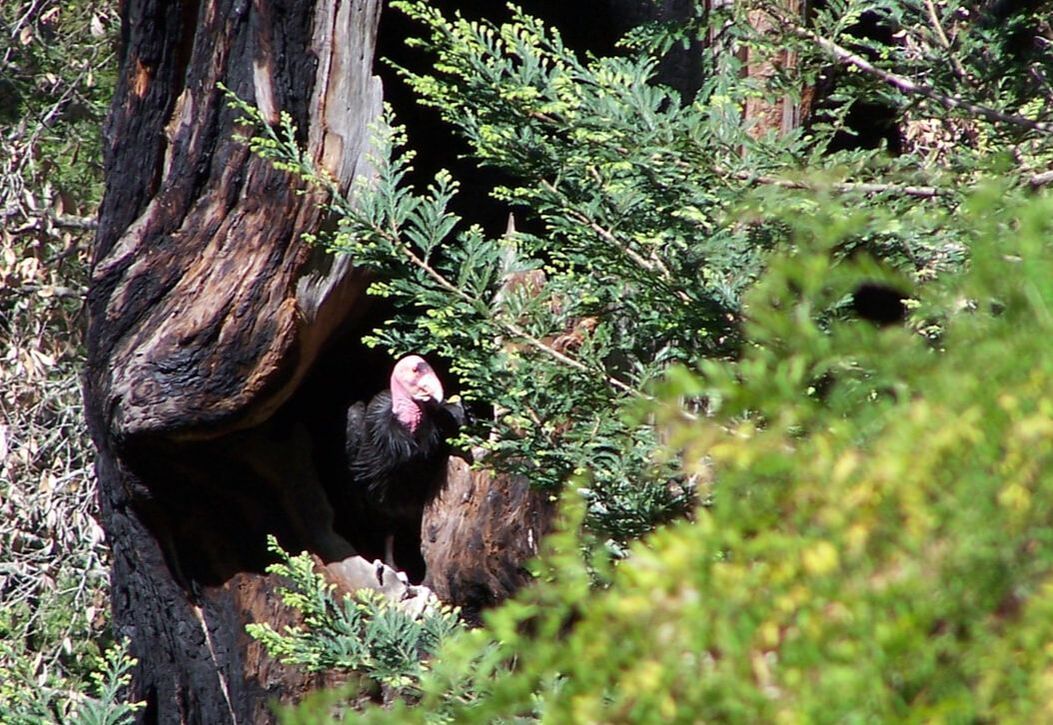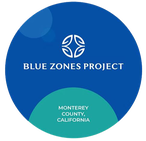Ventana Wildlife Society field biologists are the frontline workers of condor care. From late nights in tents braving the cold of Big Sur, to early morning surveys peering through the dusky marine layer, the condor crew are the humans on the ground braving the elements to ensure a lasting, protected future for our feathered friends.
Condor Releases
|
2006/2008 Donor EVENT
CONDOR RELEASE VIDEOS (2) 2020 san simeon release videos (3)
11/17 Postponed due to weather. Condor Joe answers questions and gave updates. Run time 1:01:57
11/18 Postponed due to weather. Condor Joe answers questions and gave updates. Run time 1:49:24
11/19 SUCCESSFUL Release! Five condors released. Run time 56:46
12/12 SUCCESSFUL Release! Four condors Released. Run time 1:39:27
2021 san simeon Release Vide0s (2, including Iniko's release)
|
Each year, we release a group of California Condors at the Big Sur or San Simeon sanctuaries along the central coast. Our field staff transports young condors from captive breeding facilities, where they have been raised, to flight pens in the sanctuary where they will be released. They provide food and monitor the birds for at least several weeks in the pen to ensure that they are adjusting to their new environment and are well-prepared for life in the wild. Before being released, the condors are equipped with numbered wing tags and transmitters for identification and tracking in the field.
Once the door to the pen is opened on the release day, the field work really begins. The birds might leave immediately or linger in the pen for a while. The staff tracks the new releases with radio telemetry and satellite GPS to identify movement patterns and determine their ability to navigate back to the sanctuary. They are prepared to assist if the birds experience difficulty. The staff places supplemental carcasses to help ensure feeding opportunities during this vulnerable period, when the birds are learning about local resources and threats. Placing the carcasses can be an adventure for the staff. This is done at night so the birds will not learn to associate humans with food offerings. |
GPS / Radio Tracking
|
|
All wild condors are tagged with radio transmitters that allow us to track their movements while we are in the field. Perhaps you have seen our field staff along the coast holding an antenna in the air and listening for the regular beeps that indicate a condor is near. Each condor has its own frequency, and they scan them all at each stop to see who might be around. In addition to the usual signal, the transmitter can also generate what is known as a mortality signal when the bird has not moved for a certain amount of time. The staff will investigate any mortality signal to determine if the transmitter has been shed or if a condor might be in trouble.
To manage the population, we need to know where condors go – and not just when it is convenient for us to hit the trail with an antenna and receiver. So, in the last 15-20 years, remote satellite telemetry has also become a critical part of our management efforts. We use Argos and GSM satellite transmitters made by Microwave Telemetry, Inc., on a sample of the population. These 50-gram patagial tags operate on solar power and use GPS to collect locations, including coordinates, speed, heading, and elevation. The GSM transmitters are capable of collecting a bird’s location as often as every minute and transmitting the data using a cellular network. With such a massive database to manage, the field staff spends part of their time indoors, poring over GIS maps to identify pair formations, nesting, and feeding, as well as potential concerns like prolonged use of a high-risk area or a lack of movement for a particular bird. |
Health Monitoring
|
|
Once or twice a year, the field staff attempts to capture all the condors in the central California population. This gives them an opportunity to attach and maintain each bird’s tags and transmitters and monitor their health. Health exams include taking a blood sample to document lead levels, checking overall body condition and feather wear, and administering vaccinations as needed.
We’re often asked how we can catch a bird with a 9-ft plus wingspan. It starts by luring them to the flight pen in the sanctuary with a carcass. The field staff watches quietly in an adjacent blind; they might need to wait for hours for a bird to enter the pen. If the bird is one that is on their trapping list, they pull a lever to close the pen door. They might catch several birds or more in one day. When it is time to handle the birds, the team sends one lucky biologist into the pen, equipped with a hoop net and gloves. Here is where the biologist demonstrates her training and coordination as she corners the bird and slips the net over its body. This is when the rest of the team will come and assist with the handling. While one experienced biologist can handle a condor, it helps to have a team to secure the powerful beak and feet. To minimize stress and heat, they place a damp rag over the condor’s head while they process the bird and collect data in the blind. They release the bird minutes later when they are finished. |
Nest Monitoring
|
|
An important milestone in the recovery of condors on the central California coast was the first nesting attempt in 2006. The last known attempt in the region had been more than 100 years prior. Ever since the first successful fledging of a chick from a nest here in 2007, the productivity of the population has been gaining momentum. Each year, more and more young condors reach the minimum breeding age of 6-8 years, and establish pair bonds that can last a lifetime. Now the central California population includes more than a dozen pairs.
Keeping up with all of these pairs each year is a welcome challenge for our field staff. With the help of radio telemetry, and even satellite GPS tracking for some birds, we are able to locate nest sites. These are often in burned out hollows in large redwood trees, or on ledges and crevices along mountain slopes and cliffs. If we are lucky, the nest can be accessed by an established trail. Some nests, however, are in remote areas that are difficult to access without an extraordinary cross-country hiking effort. We monitor all accessible nests to document hatching and growth of chicks. Our field staff station themselves at a distance where they can watch the nest without disturbing the birds. Some nests might be close enough to set up a live-streaming web cam so that viewers around the world can join our monitoring efforts. If we observe a threat to the nest, the field staff has the option of using their climbing skills to intervene if conditions allow. For example, a condor chick was evacuated by the staff in fall 2020 to save it from the advancing Dolan Fire. |
Non-Lead Ammunition Oureach
|
|
Lead poisoning remains the greatest threat to condor recovery, and we continue to support hunters and ranchers as they switch to non-lead ammunition. In 2012, Ventana Wildlife Society started a grant-funded free non-lead ammunition program, and since then we have distributed more than 10,000 boxes of copper ammunition in the condor range. When California legislation introduced new restrictions on ammunition purchases in 2019, we became a licensed ammunition vendor to legally assist hunters and ranchers with the new rules and documentation processes.
We meet with hunters regularly and help them choose and acquire non-lead ammunition. Because laws now restrict ammunition shipments to California residents, we even deliver the ammunition to at least six different counties. By providing free ammunition, we send a clear message that we support hunters and ranchers, and value their tradition of wildlife conservation. Working together, we will reduce the risk of lead exposure and hasten the full recovery of California Condors. |







